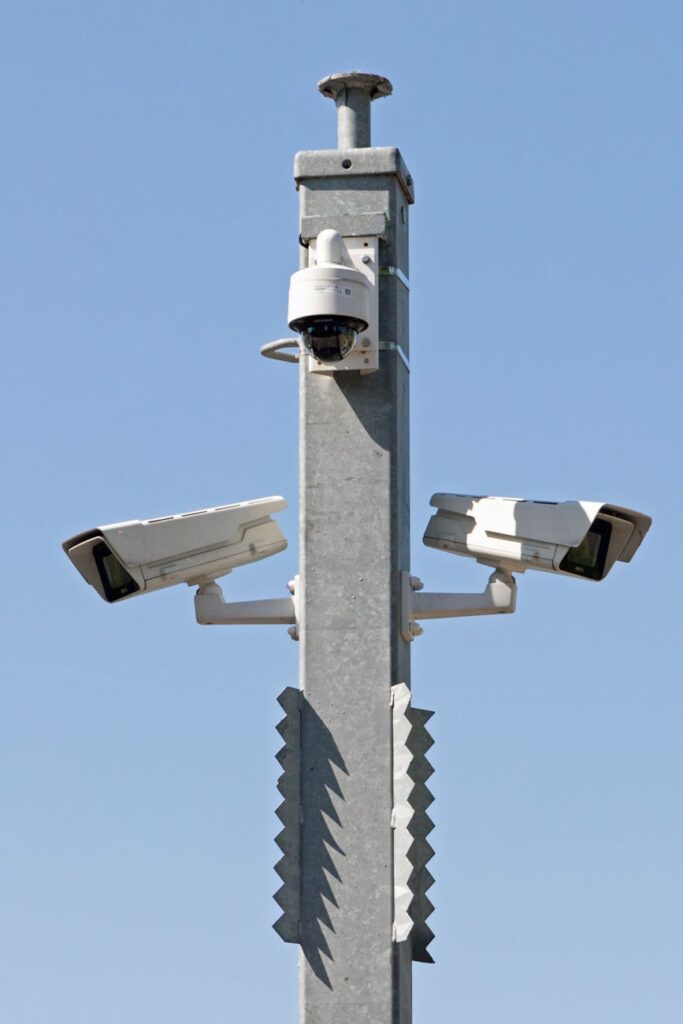Welcome to the fascinating world of industrial thermal infrared (IR) cameras! If you’ve ever wondered how to harness the power of heat detection for your work, you’re in the right place.
What is an Industrial Thermal IR Camera?
So, what exactly is an industrial thermal IR camera? Think of it as a superpower for your eyes. Unlike regular cameras that capture light, these bad boys detect heat. They see in the dark, through smoke, and even through some materials. It’s like having X-ray vision, but instead of bones, you’re seeing temperature differences.
How Does It Work?
Thermal IR cameras have sensors that detect heat signatures. These sensors convert the thermal energy into an electrical signal, which is then processed to generate a thermal image. The different colours in these images represent varying temperatures, allowing for easy identification of hot and cold spots.
Why Invest in an Industrial Thermal IR Camera?
You might be asking, “Why would my industry need one of these?” The answer lies in the versatility and efficiency they bring to numerous applications:
Predictive Maintenance
Imagine catching a machine before it breaks down, just by spotting an unusual heat pattern. Thermal cameras can identify overheating components in machinery before a failure occurs, preventing costly downtime and repairs.
Electrical Inspections
Ever worried about an electrical fire? Thermal cameras can detect hot spots in electrical panels, wiring, and transformers, ensuring your operations stay safe and sound.
Building Inspections
Want to find out if your building is leaking energy (or water)? Thermal cameras can reveal insulation deficiencies, moisture intrusion, and structural issues, aiding in energy efficiency and building integrity.
Process Monitoring
In manufacturing, maintaining the correct temperatures is critical. Thermal cameras help monitor and control processes, ensuring product quality and consistency.
Key Features to Look For
When choosing an industrial thermal IR camera, several key features can make a significant difference in performance and usability:
Resolution
The resolution of a thermal camera determines the clarity and detail of the images. For industrial applications, higher resolutions like 320×240 or even 640×480 are recommended to capture detailed thermal profiles.
Temperature Range
Industrial applications often involve extreme temperatures. Ensure the camera you select can measure the temperature ranges relevant to your industry, such as -20°C to 1000°C or more.
Thermal Sensitivity (NETD)
Thermal sensitivity, or Noise Equivalent Temperature Difference (NETD), measures the camera’s ability to detect small temperature differences. Lower NETD values (e.g.,
Frame Rate
A higher frame rate allows the camera to capture more images per second, which is essential for monitoring fast-moving processes or dynamic environments.
Connectivity and Software
Consider the camera’s connectivity options, such as Wi-Fi, Bluetooth, or Ethernet, and the accompanying software for image analysis and reporting. These features can streamline data transfer and integration with other systems.
Durability and Ergonomics
Industrial environments can be harsh. Look for cameras built to withstand tough conditions with robust casings and ergonomic designs for ease of use over extended periods.
Types of Industrial Thermal IR Cameras
Industrial thermal IR cameras come in various configurations to suit different needs:
Handheld Cameras
Portable and versatile, handheld thermal cameras are ideal for on-the-go inspections and spot checks.
Fixed-Mount Cameras
These cameras are installed in a fixed position for continuous monitoring of critical areas, such as production lines or equipment rooms.
Drone-Mounted Cameras
For large-scale inspections, such as surveying expansive facilities or infrastructure, drone-mounted thermal cameras provide aerial thermal imaging capabilities.
Making the Purchase: What to Consider
Before you invest in an industrial thermal IR camera, keep these practical tips in mind:
Brand Reputation
Opt for well-known brands with a proven track record in thermal imaging technology.
User Reviews and Case Studies
Read user reviews and case studies to gain insights into the camera’s performance in real-world applications. This information can highlight strengths and potential drawbacks.
Budget
Industrial thermal cameras can be a significant investment. Determine your budget and look for cameras that offer the best features and performance within your price range.
Warranty and Support
Check the warranty terms and after-sales support. A comprehensive warranty and responsive customer support can save you from potential issues and ensure you get the most out of your investment.
Demonstrations and Trials
If possible, request a demo or trial period to test the camera in your specific environment. Hands-on experience can be invaluable in making the right choice.
Thermal IR Camera Care Tips
Proper maintenance will ensure your thermal camera remains in optimal condition:
- Regular Cleaning: Use a soft, lint-free cloth to clean the lens and avoid harsh chemicals.
- Proper Storage: Store the camera in a protective case when not in use to prevent damage.
- Firmware Updates: Keep the camera’s firmware updated for the latest features and improvements.
- Battery Care: Follow the manufacturer’s instructions for battery maintenance to extend its life.
Conclusion
Industrial thermal IR cameras are indispensable tools in today’s high-tech industrial landscape. From predictive maintenance to process monitoring, their ability to visualize heat signatures provides unparalleled insights and efficiency.
Remember, the best camera for your needs depends on your specific applications and budget. Take your time, do thorough research, and don’t hesitate to seek expert advice. With the right thermal IR camera, you’ll be well-equipped to enhance your operations and tackle challenges with precision and confidence.

